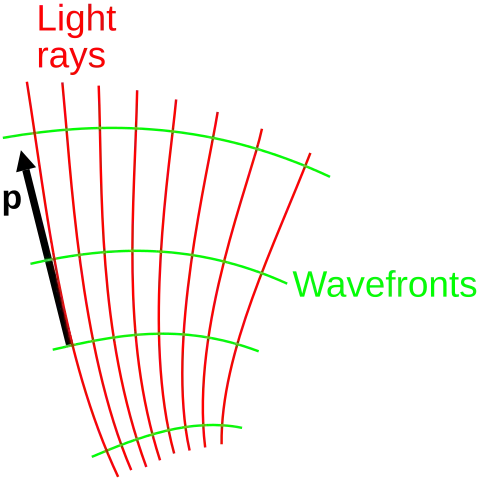It's said that light always travels in straight lines. Even when reflection happens, another light ray is generated by electrons in the mirror , which cancels out the incident light. Refraction is also caused by superposition of light made by electrons in the material and incident light.
But in diffraction, on passing light through small holes, the rays bend to cover a larger area, does it violate the statement that light always travel in a straight line? Or is it something else that's going on?
Does the light bend due to interaction with electrons in outer edge of hole?
P.s.: light also travels in a straight line when general relativity is considered. Especially in this case, the curvature of space could only affect the path minimally.
